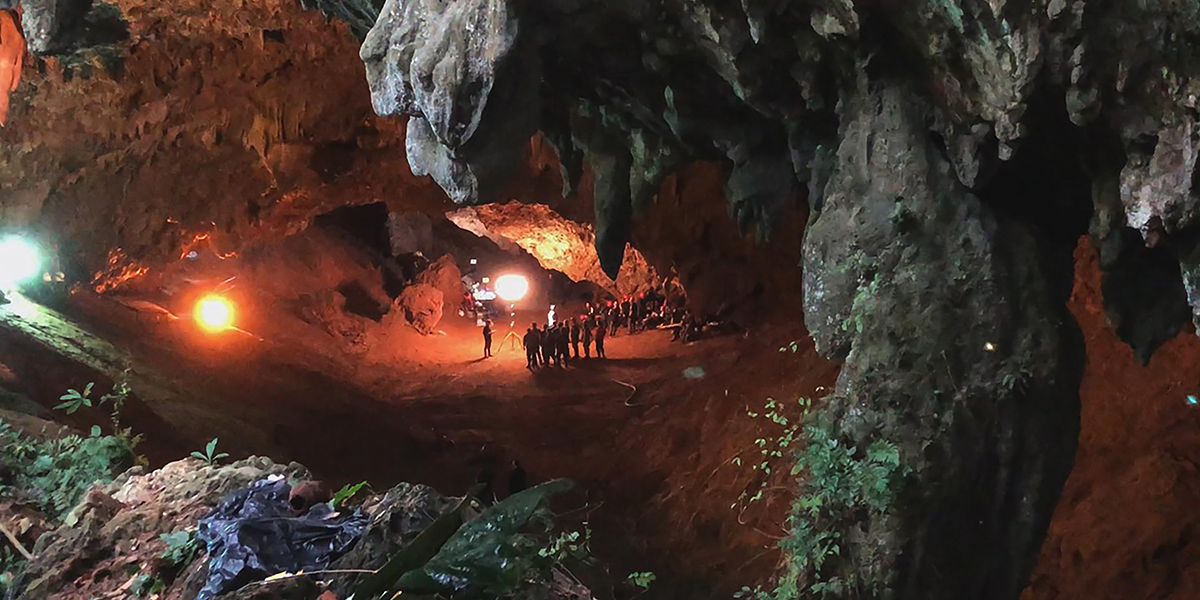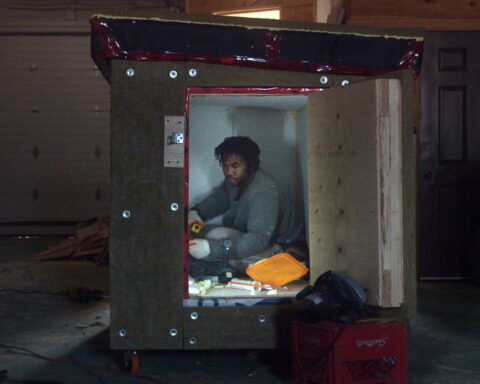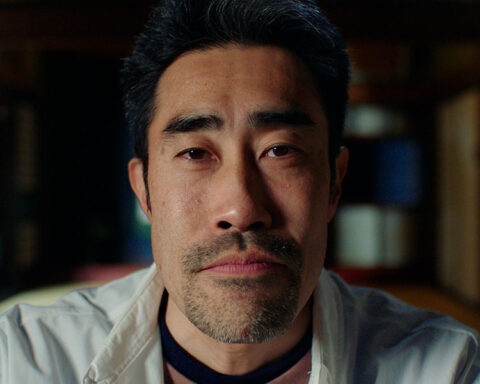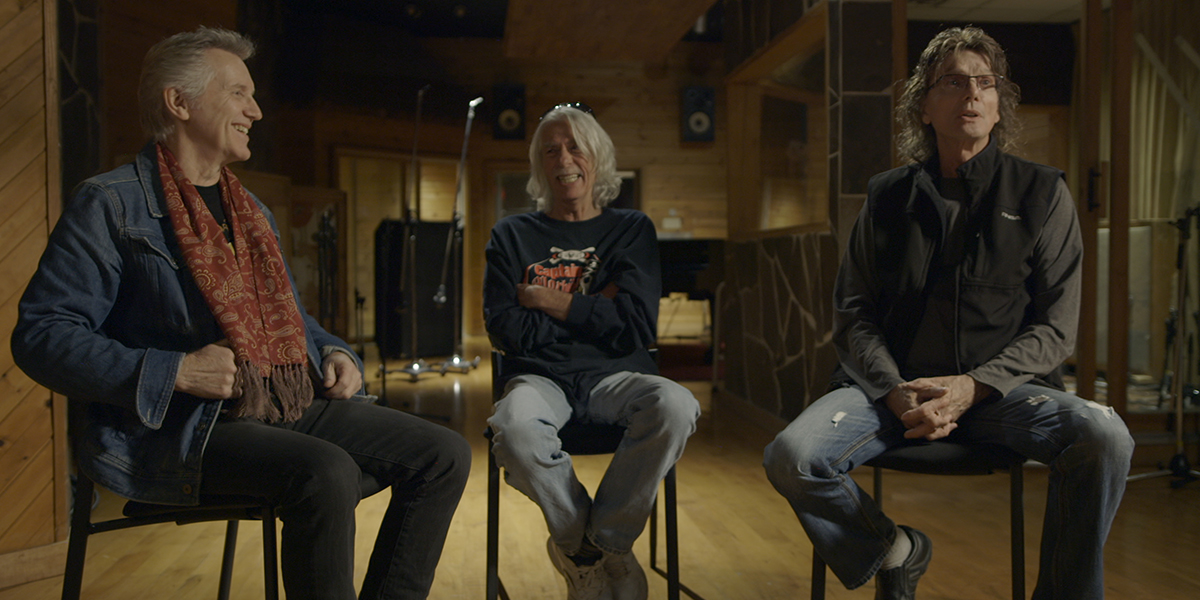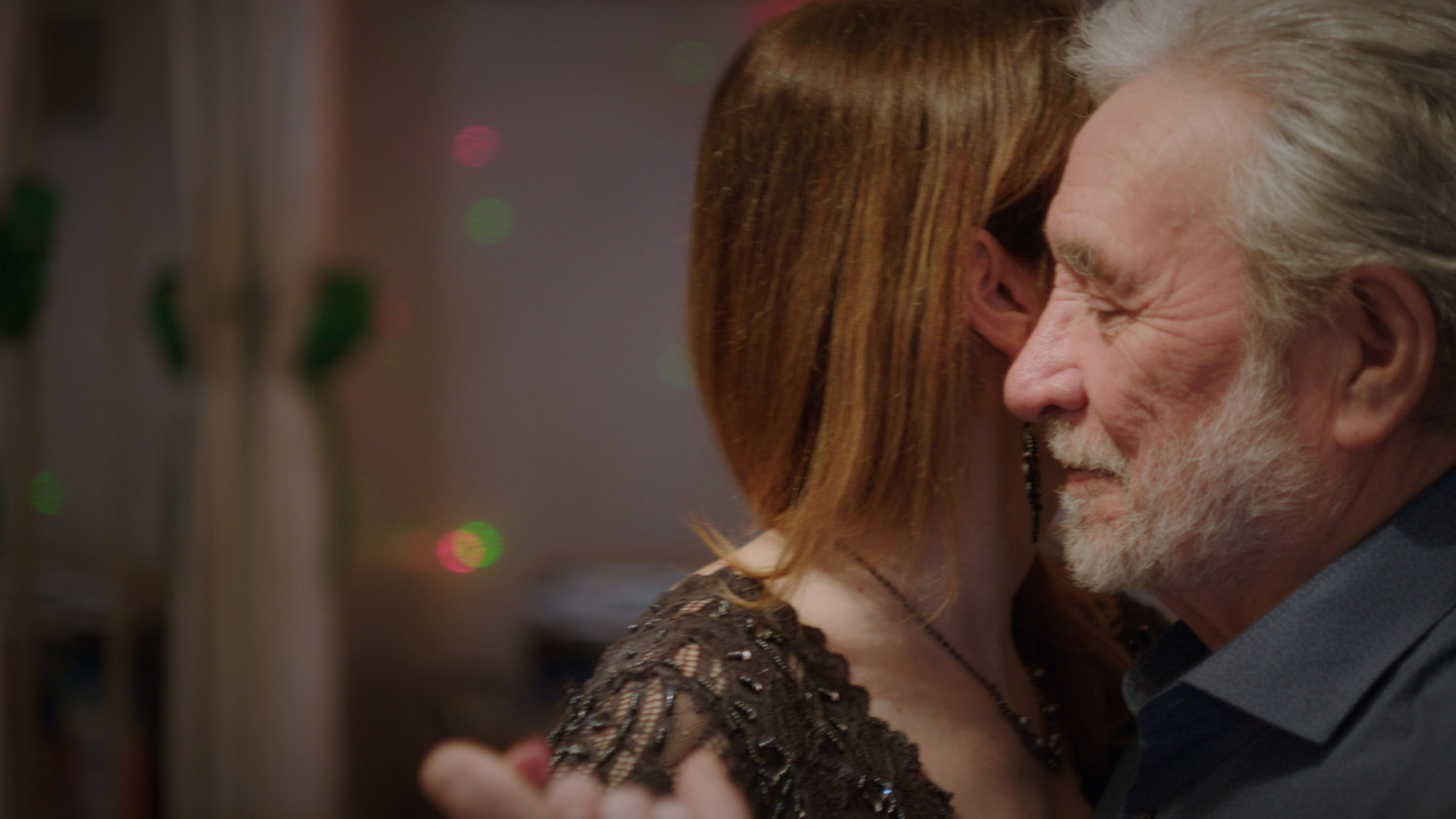The Rescue
(USA/UK, 114 min.)
Dir. Elizabeth Chai Vasarhelyi, Jimmy Chin
Programme: TIFF Docs
Free Solo directors Elizabeth Chai Vasarhelyi and Jimmy Chin once again mine the relationship between the natural world and the limits of human endeavour in gripping detail. After the death-defying climb up El Capitan in Free Solo, which won the Oscar for Best Documentary Feature, they do a deep dive on the 2018 Tham Luang cave rescue in which a dozen young soccer players and their coach were saved after being stranded in deep caves at the onset of Thailand’s monsoon season. After conquering the vast expansiveness and grandeur of the mountain life in Free Solo and Meru, the duo trades openness and elevation for enclosure and excavation. Although the story of the Thai cave rescue gripped the world in 2018, this doc delivers a breathtaking white-knuckle adventure. The Rescue immerses the audience in a dangerous odyssey in which every second and every gulp of air counts. Don’t forget to breathe.
The mission is anything but simple. For Vasarhelyi and Chin, that is. The Rescue draws upon 87 hours of footage shot within the caves. The directors reconstruct the event brilliantly to ensure that the trip through the dark recesses of the tunnels are as suspenseful for viewers as they were for the hundreds of valiant rescuers who pitched in during the two-week order. The film assembles numerous participants who were on (or in) the ground throughout the ordeal.
British caveman Vern Unsworth appears as one expert explorer who came to the rescue early on. The Thai locals know Unsworth as an eccentric lover of the caves, but his novelty becomes a necessity as the Navy SEALs and government officials draw upon his knowledge of the cave. Even an expert diver, however, can’t navigate the winding tunnels, deep dives, and ominous caverns of the cave without risking his life. Add the mounting water that fills the cave with the early onset of monsoon season, and the mission to save the boys, let alone discover if they’re alive, is as urgent as it can be.
A quick call for the world’s top divers brings adventurers like Rick Stanton and John Volanthen to search for the Wild Boars and their coach. The discovery of the boys comes quickly enough even though the divers encounter setback upon setback and complication after complication. They find all the boys alive, well, and in brave spirits—enough to fuel them through the greater challenge that comes next.
The Rescue takes a cue from the dramatic spin that Argo gave the Iranian hostage crisis. The rescuers ultimately decide that the only way to save the boys is the “best bad idea” on their list of options. Since drilling a hole, tasking the boys with swimming, or suggesting they wait out the monsoon are all options that result in certain death, the rescuers settle on a plan that involves sedating the boys and ferrying their bodies out of the cave. The circumstances are bleak, since the boys could easily drown in transit or their weakened bodies could suffocate under the myriad variables. However, the plan offers the only course for bringing them out alive.
Vasarhelyi and Chin reconstruct the mission through a mix of archive, interviews, and seamless recreations. If the vertigo-inspiring climbs of Free Solo leave a viewer dizzy, then the claustrophobic dives of The Rescue keep one breathless. This doc delivers taut top-notch survival drama that burrows into the recesses of the Earth and brings audiences to dark menacing caverns illuminated by the human spirit that fuels the rescue. An untrained eye won’t be able to spot the sequences that re-enact the divers’ actions as they explore the cave’s dark crevasses and murky waters, although an experienced diver with a sharp eye might be able to discern the recreations through the light levels and coverage afforded within a cave. (I saw the film with a colleague from the POV team who is a diver and who could tell the difference, although it played seamlessly for a non-diver like myself thanks to the fine editing by Bob Eisenhardt.) The Rescue provides a view from every angle of the mission to capture the scope of the operation, the gravity of the situation, and the sheer scale of courage and human spirited that collectively determined to bring those boys home.
The film also assembles a notable range of participants to retell the tale. Unsworth, Stanton, and Volanthen generally serve as the chief narrators as they fulfil the bulk of the action seen on screen. Other voices, like Australian diver and physician Richard Harris, lead the conversation when it comes to putting the boys under anaesthesia and risking their lives in a necessary gamble. The interviews afford ample space as well to the Thai officials, Navy SEALs, and divers who played a hand in the mission, but the most touching account comes from the wife of an ex-SEAL who returned to duty to help save the boys and died as a result of asphyxiation while navigating the cave. His death underscores the difficulty of the undertaking, for even a strong grown man is outmatched by the task expected of young boys.
The most notable holes in the story, however, are the perspectives of the boys themselves. Omitted due to rights issues, the Wild Boar teammates can’t tell audiences what was going through their minds. However, they’re ever-present in the film: through the footage of the team huddled in the cave to the collective motivation burning in each rescuer, the boys spark a community spirit. The mission to save the boys becomes a challenge for people from diverse backgrounds to pool their resources, set aside their differences, and fight for a common goal. The adventure is as inspiring as it is nerve-wracking.




